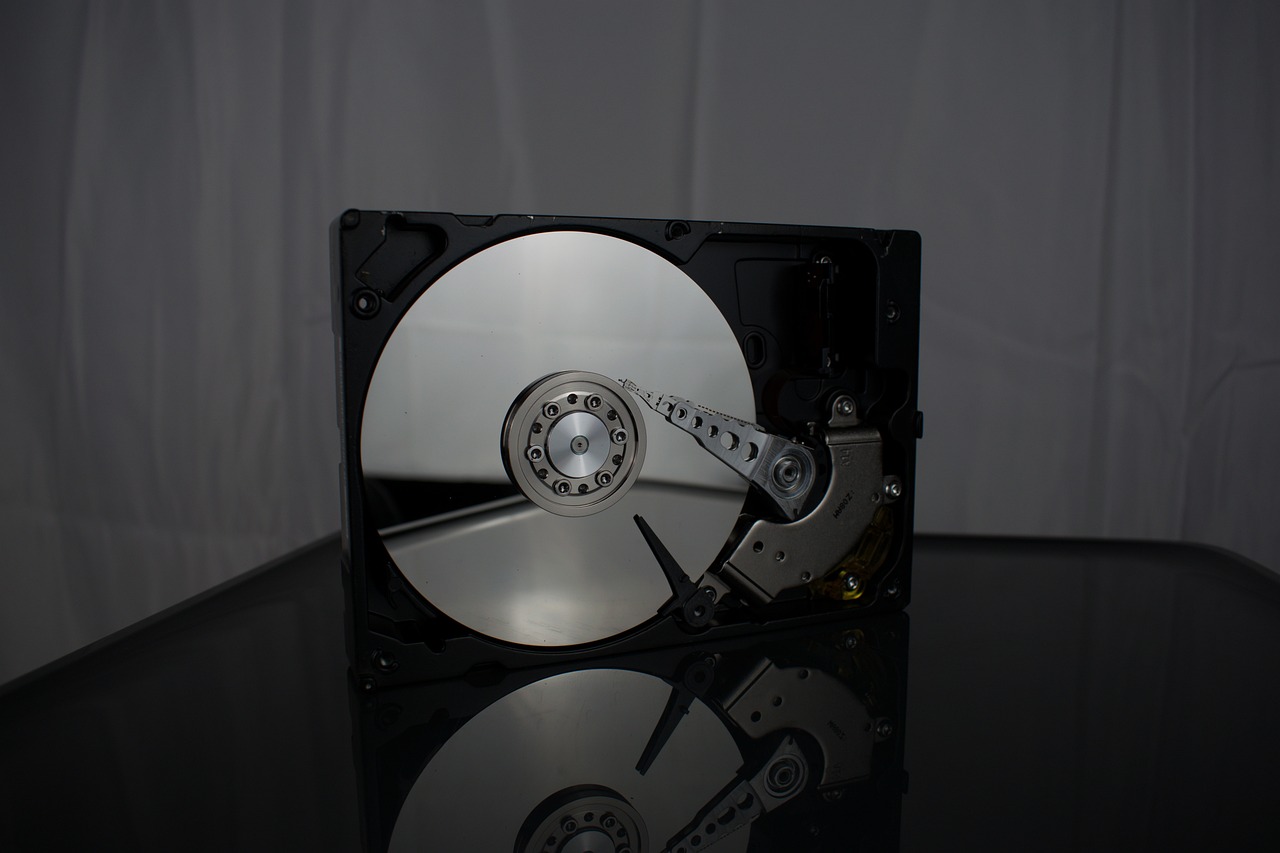Contents
How to Delete Unallocated Partition in Windows 10: A Step-by-Step Guide
In the world of digital storage, efficient disk management is paramount. One common issue that users encounter is dealing with unallocated partitions on their Windows 10 systems. Unallocated partitions are segments of your hard drive that are not assigned to any specific use, potentially causing inefficiencies and confusion. This article will guide you through the process of deleting unallocated partitions in Windows 10, ensuring that your system runs smoothly and your storage space is used optimally.
How to Delete Unallocated Partition in Windows 10?
Unallocated partitions are essentially blank spaces on your hard drive with no assigned purpose. They can occur due to a variety of reasons, such as incomplete installations, accidental deletions, or a factory-reset state. These empty spaces may seem harmless, but they can affect your system’s performance and hinder efficient disk management. Recognizing the characteristics and impact of unallocated partitions is the first step to managing your system effectively.
Preparing for Deletion
Before diving into the deletion process, it’s crucial to take some preliminary steps. First and foremost, **back up any important data** that might reside on the unallocated partition. Data loss is a risk during deletion, and a backup ensures that your valuable files are safe. Secondly, verify that your system meets the **system requirements** for the deletion process to avoid potential errors. Lastly, **identify the unallocated partition** you want to delete from your Disk Management utility.
Using Disk Management Tool
Windows 10 offers a built-in solution for managing your disks – the Disk Management tool. Accessing it is simple: right-click on the Start button, select “Disk Management,” and you’re ready to go. In this section, we’ll walk you through locating the unallocated partition within Disk Management, selecting it, and explaining the available options, including the crucial “Delete Volume” option.
Deleting the Unallocated Partition
The actual deletion process is straightforward. First, **right-click on the unallocated space** within the Disk Management window. A context menu will appear, and you should choose the “Delete Volume” option. A confirmation prompt will appear to ensure you’re making the right choice. Confirm the deletion, and your unallocated partition will be no more. It’s essential to be cautious during this step to avoid deleting the wrong partition inadvertently.
Merging Unallocated Space
Once the unallocated partition is deleted, you have two primary options for utilizing the now available space. One option is to **expand an existing partition** that requires more space. This is particularly useful if you have a neighboring partition that’s running low on storage. The other option is to **create a new partition** if you have a specific purpose in mind for the space. In this section, we’ll demonstrate both processes to help you make the most of your disk space.
Troubleshooting Common Issues
Dealing with technology isn’t always smooth sailing, and issues may arise during the deletion process. This section will help you address **common errors and glitches** that can occur when deleting unallocated partitions. Whether it’s a permission problem or Disk Management not responding, we’ve got you covered with practical troubleshooting tips.
Post-Deletion Steps
After successfully deleting the unallocated partition, it’s essential to ensure the continued health and performance of your system. We’ll guide you through the process of **checking your disk’s status** to confirm that everything is in order. Additionally, we’ll touch on steps to ensure **data integrity** and provide some **tips for maintaining a healthy disk** in the long run.
How to Delete Unallocated Partition in Disk Management?
Deleting an unallocated partition in Windows using Disk Management is a straightforward process. First, open Disk Management by right-clicking on the “Computer” icon and selecting “Manage.” In the Computer Management window, navigate to “Storage” and click on “Disk Management.” You will see a list of all the drives and partitions on your computer.
Identify the unallocated partition you want to delete. It will be displayed as unallocated space with a black bar. Right-click on the unallocated space and select “Delete Volume.” A confirmation prompt will appear; click “Yes” to proceed. Windows will then merge the unallocated space back into the adjacent partition, making it available for use. Keep in mind that any data on the unallocated partition will be lost, so ensure you have backed up any important files before proceeding.
How to Delete Unallocated Partition in Windows 7?
Deleting an unallocated partition in Windows 7 can be accomplished using Disk Management, a built-in utility. To start, open the Start menu, right-click on “Computer,” and select “Manage.” In the Computer Management window, navigate to “Storage” and click on “Disk Management.”
In the Disk Management window, locate the unallocated partition, represented as unallocated space with a black bar. Right-click on the unallocated space and choose “Delete Volume” from the context menu. A confirmation dialog will appear; confirm by clicking “Yes.” Windows will then merge the unallocated space with the adjacent partition, effectively deleting the unallocated partition.
Ensure you’ve backed up any essential data from the unallocated partition, as this process is irreversible and will result in data loss. After completion, the unallocated space will be available for use by other partitions or for creating new ones.
Conclusion
Efficient disk management is a crucial aspect of maintaining a well-functioning Windows 10 system. Deleting unallocated partitions might seem like a minor task, but it can have a significant impact on your system’s performance and storage organization. We hope this step-by-step guide has been helpful in assisting you through the process. By following these instructions, you’ll be well on your way to a more optimized and efficient Windows 10 experience.

